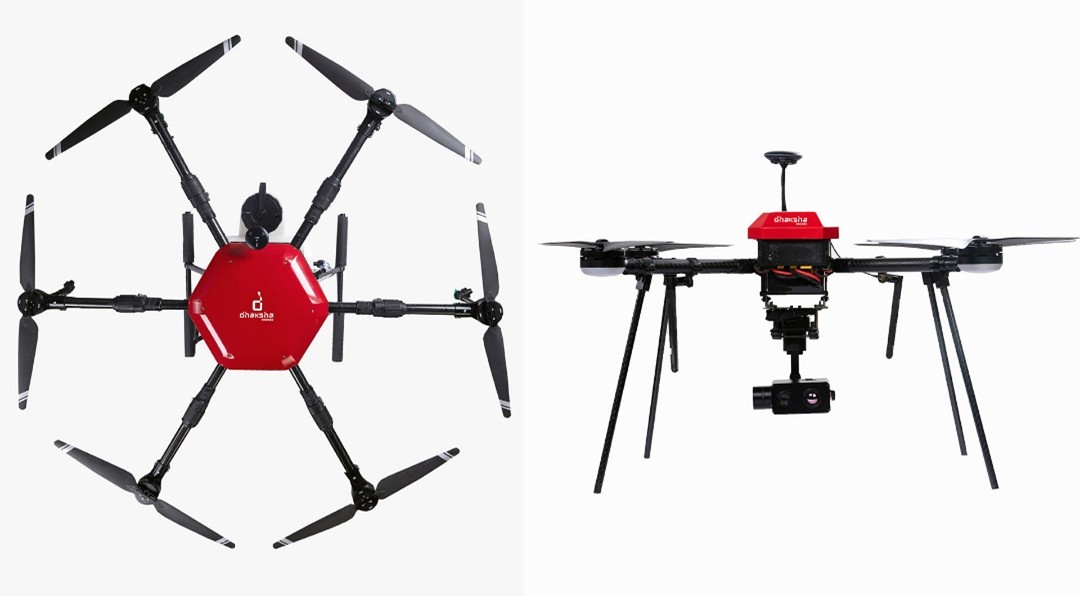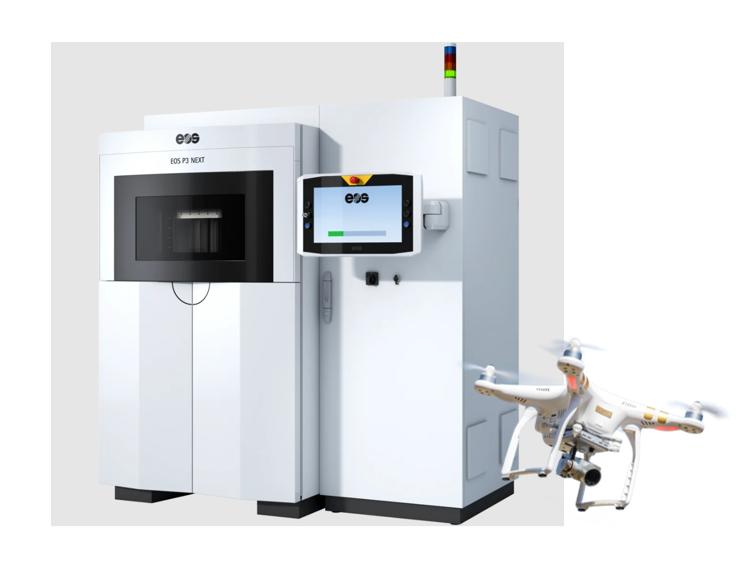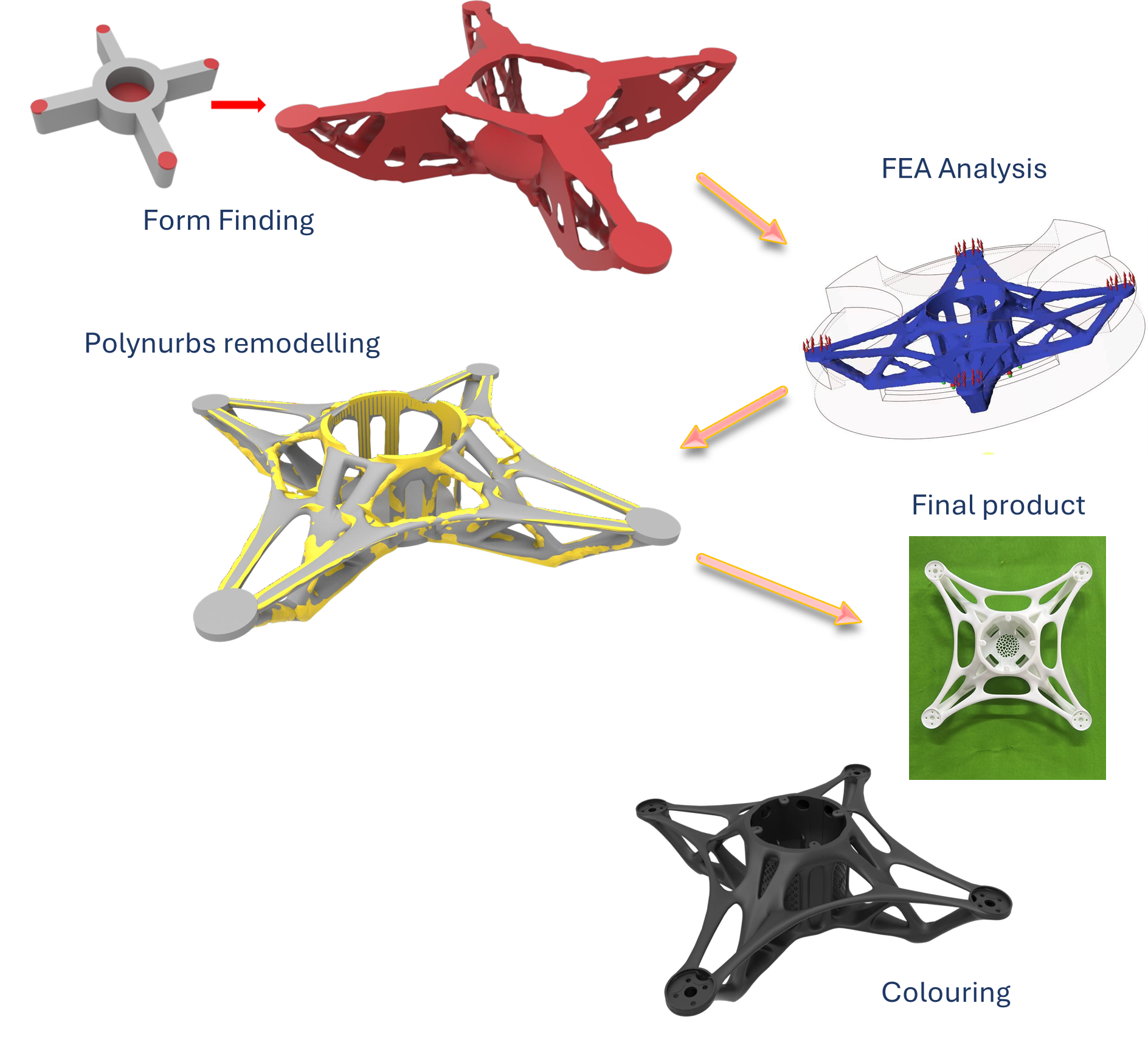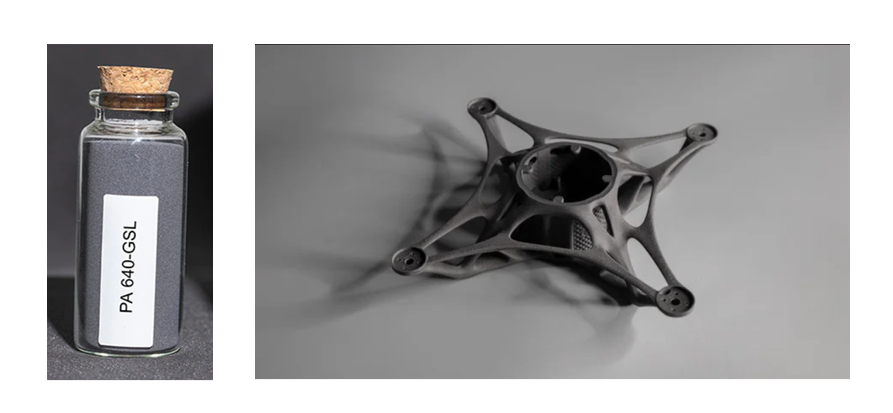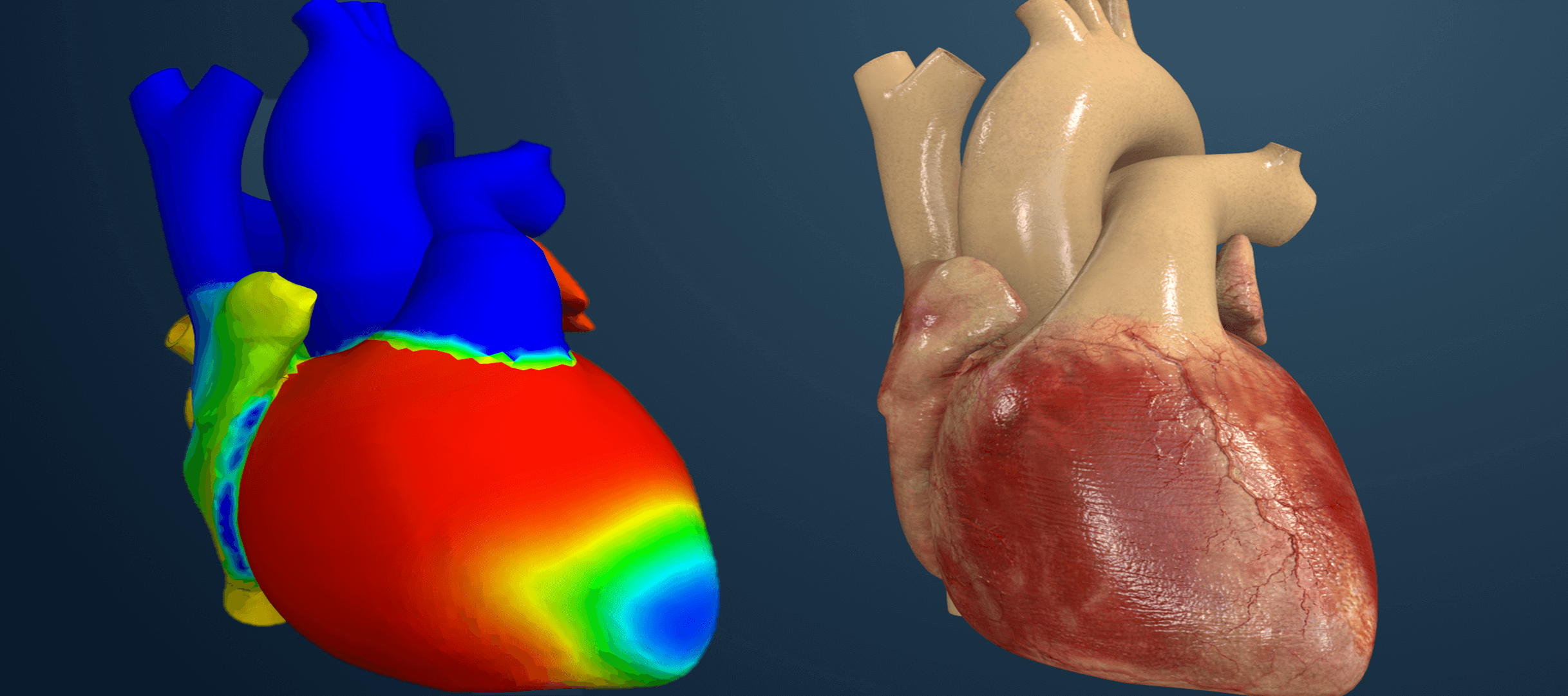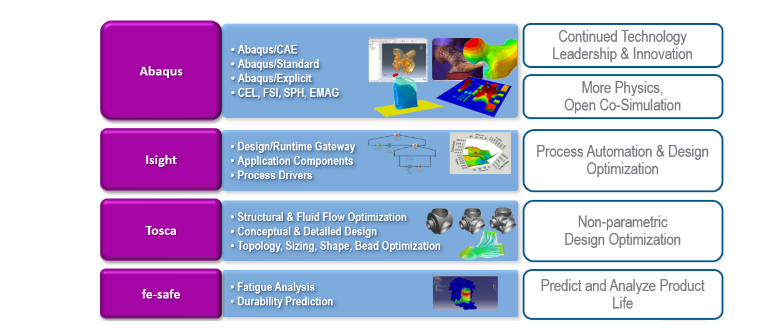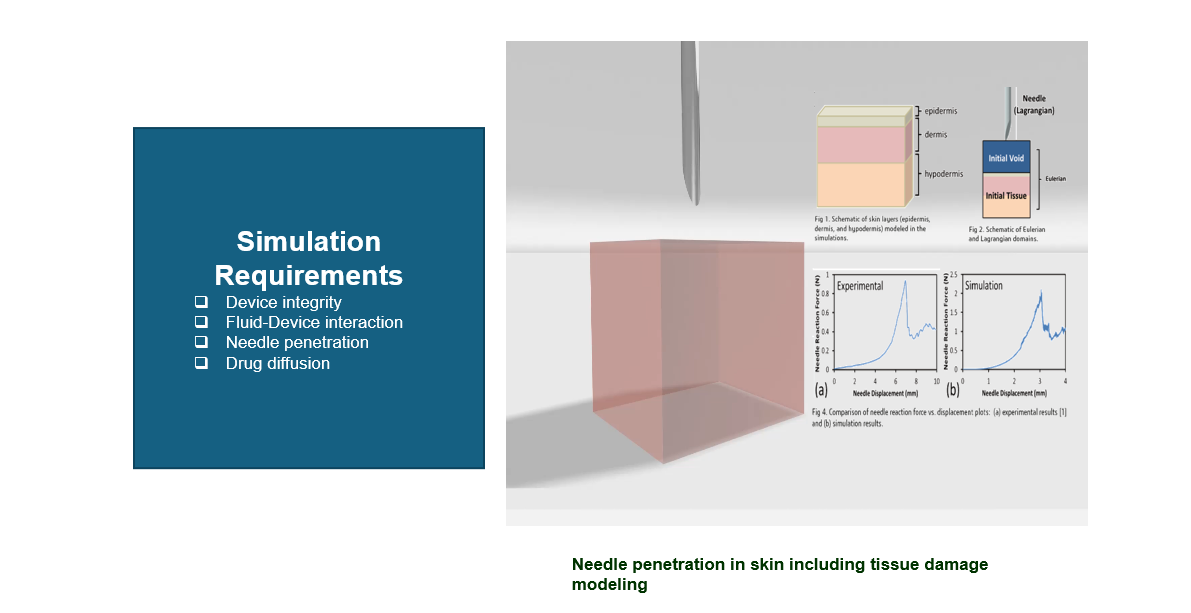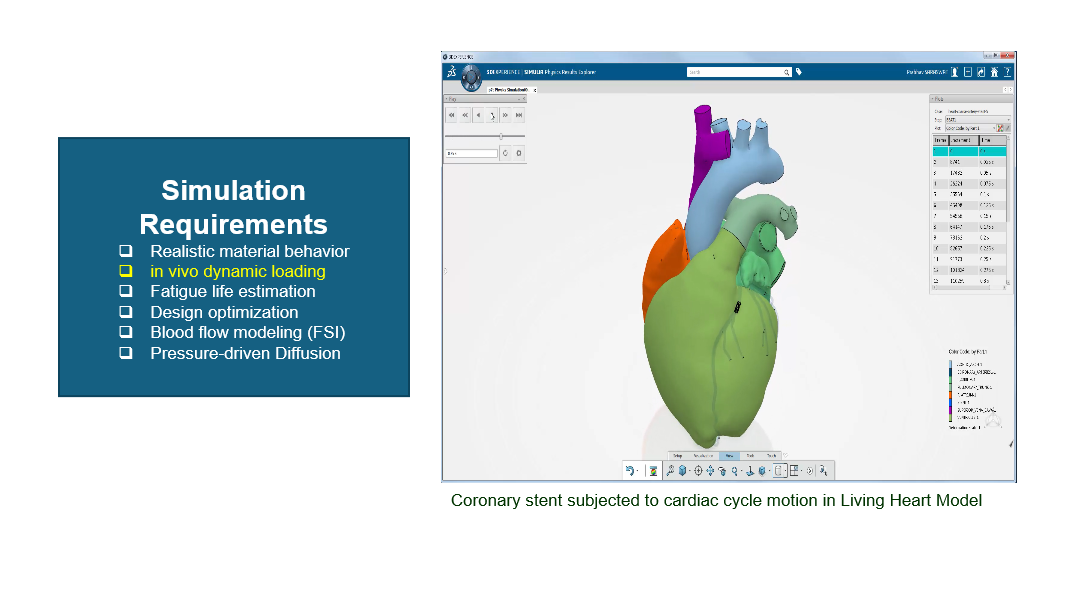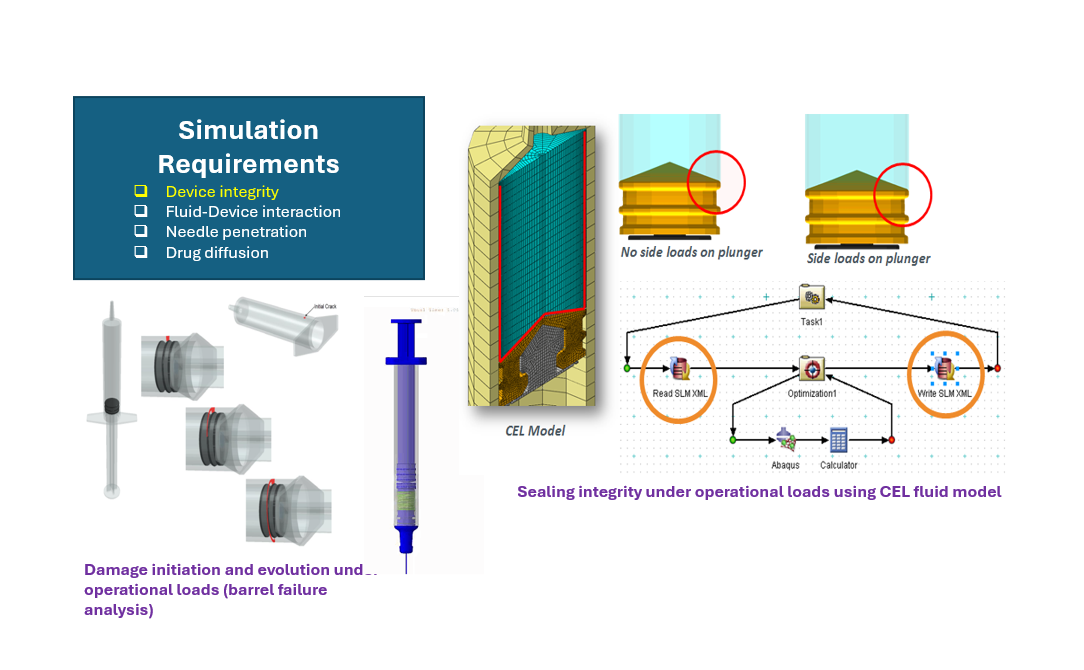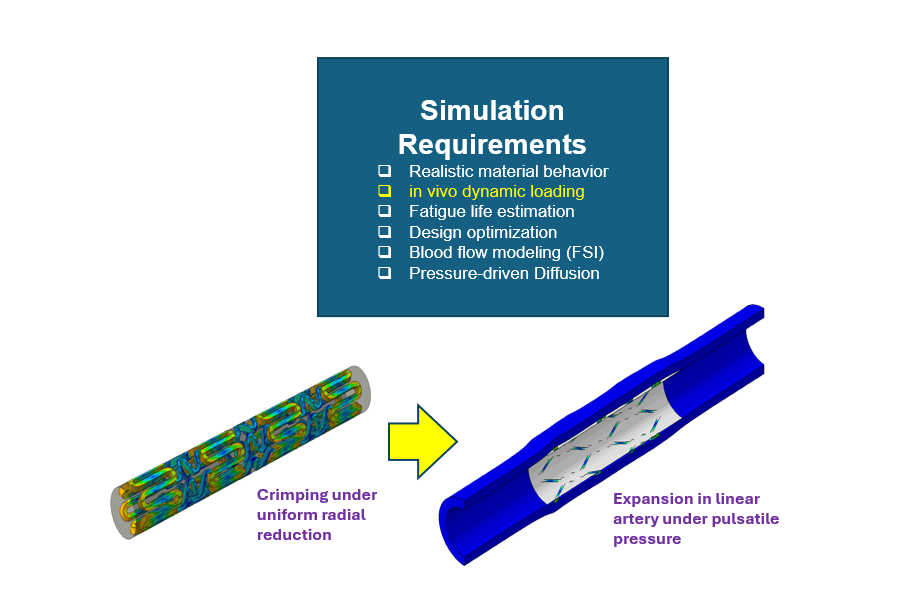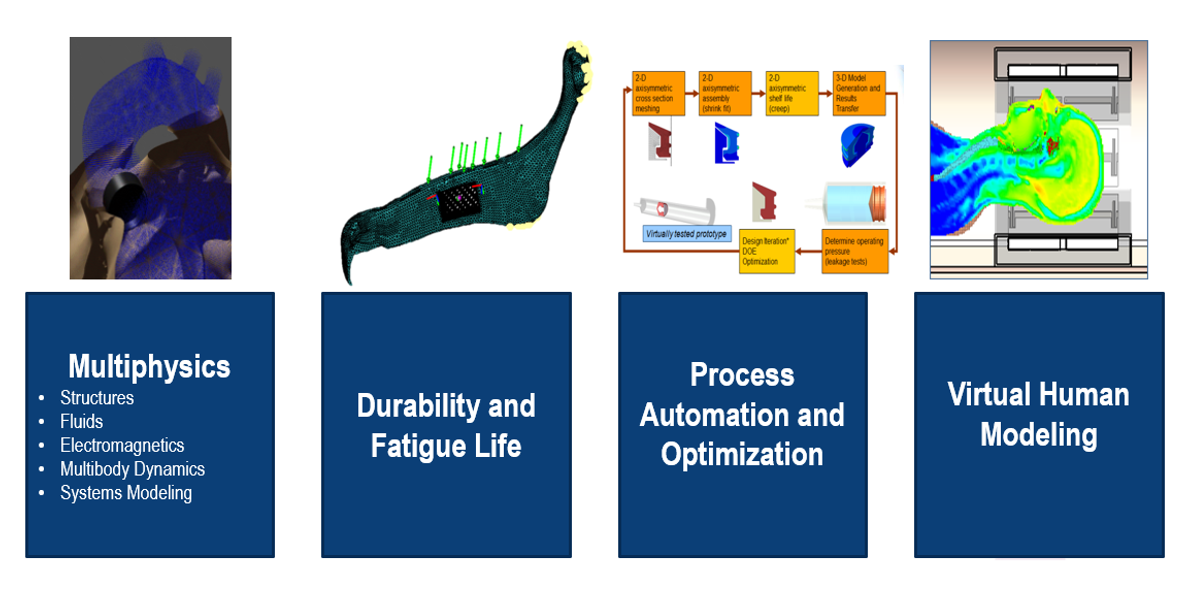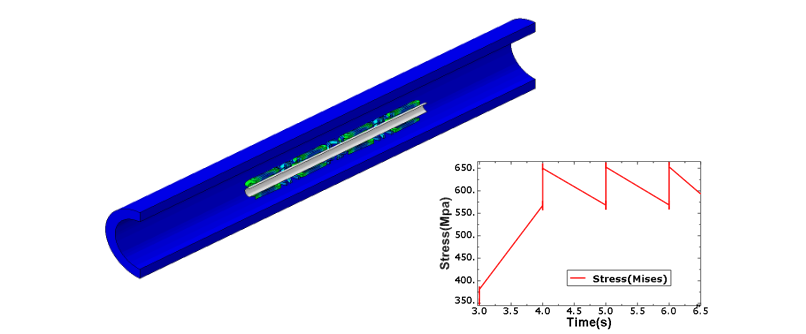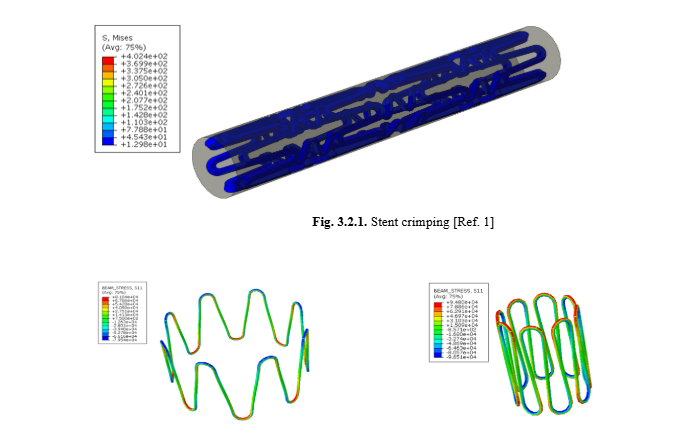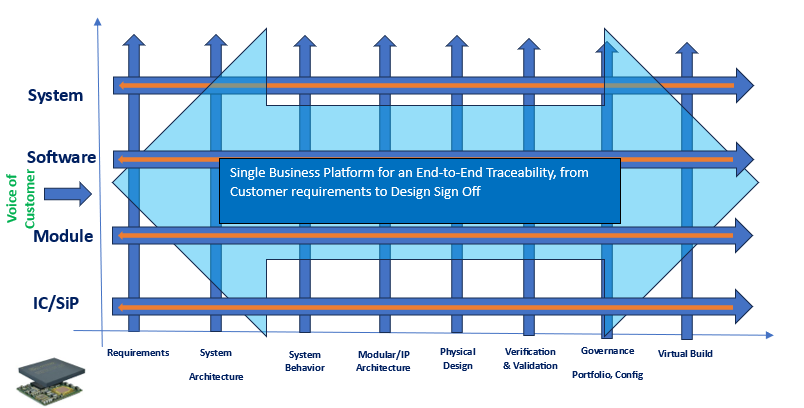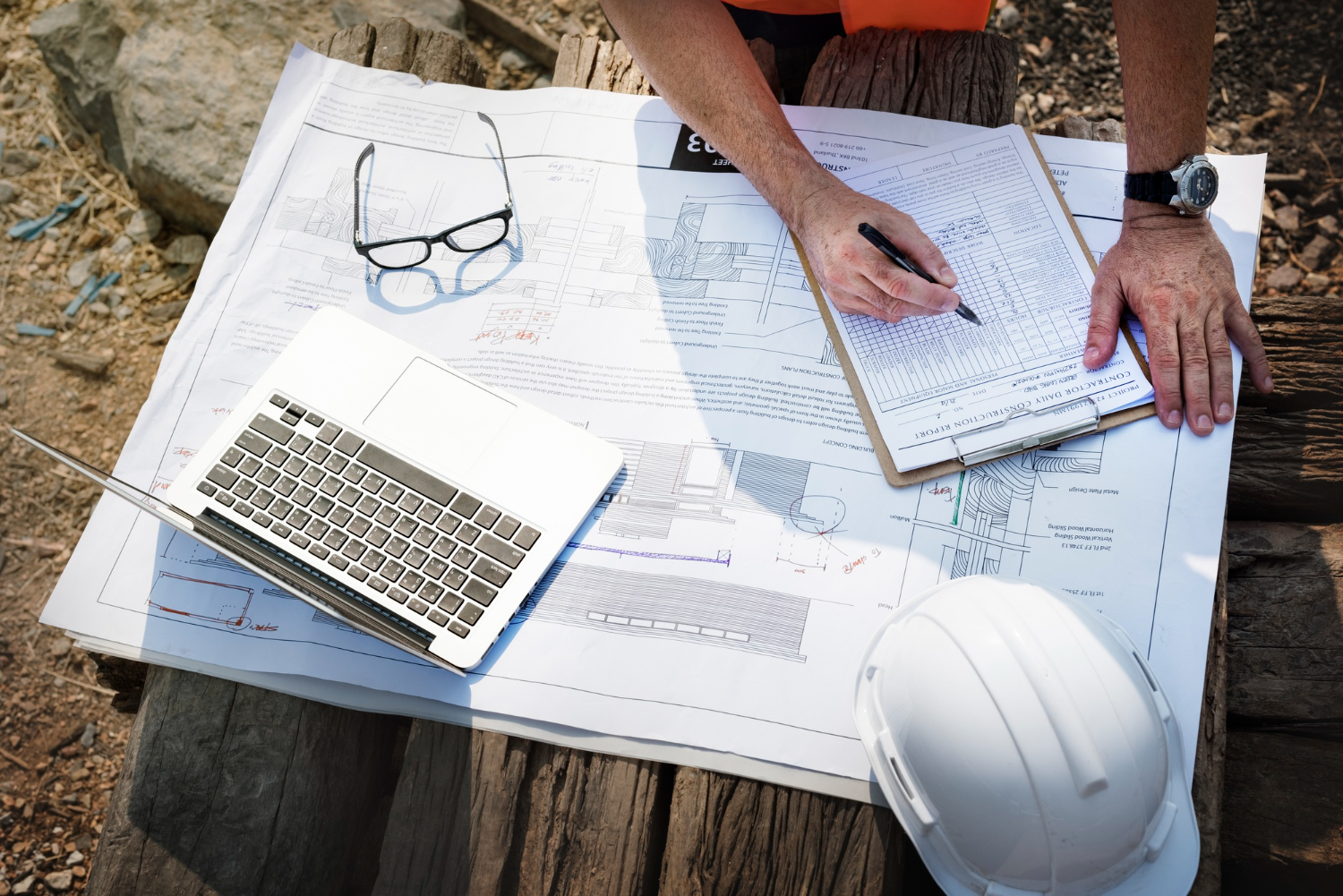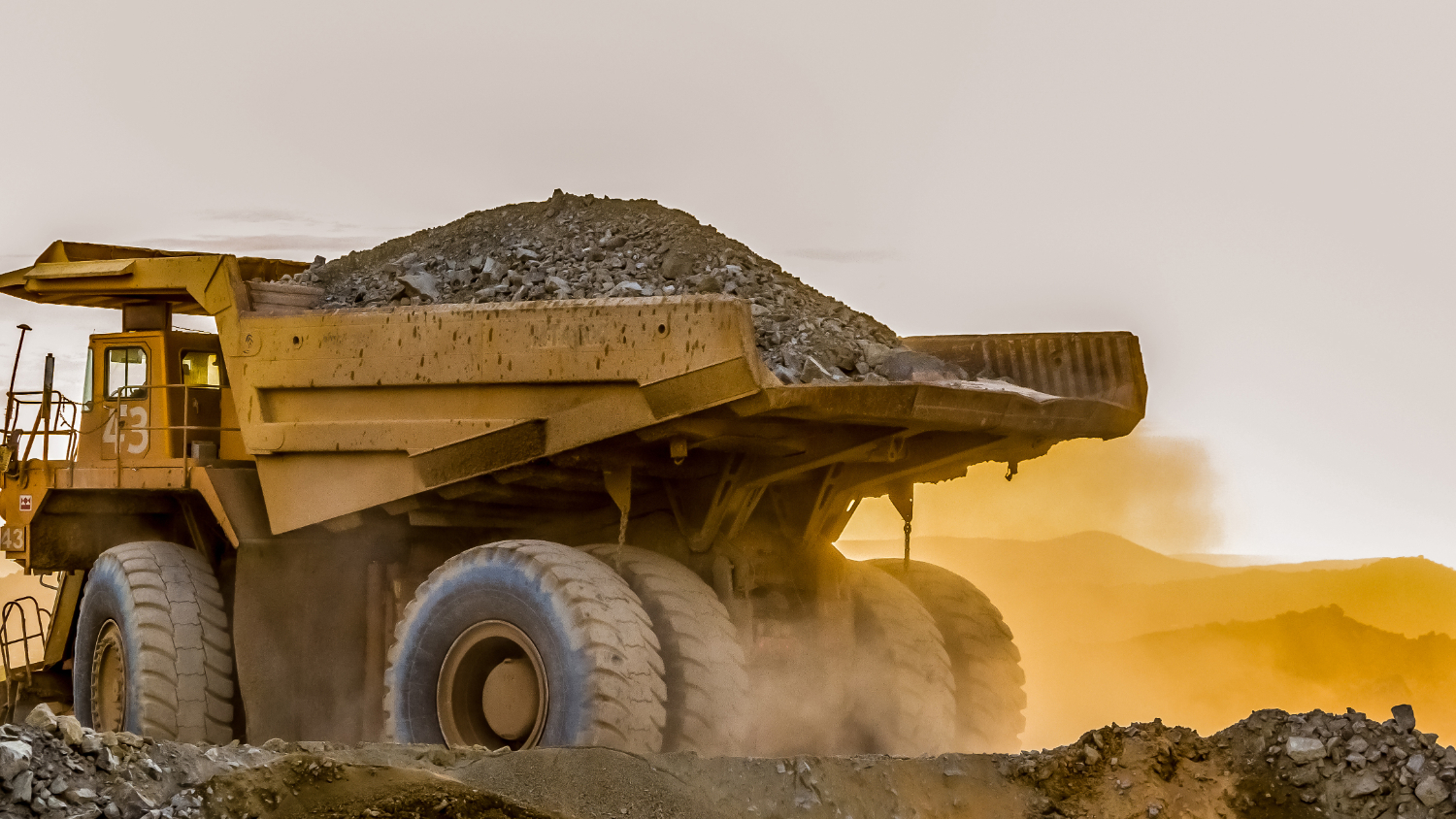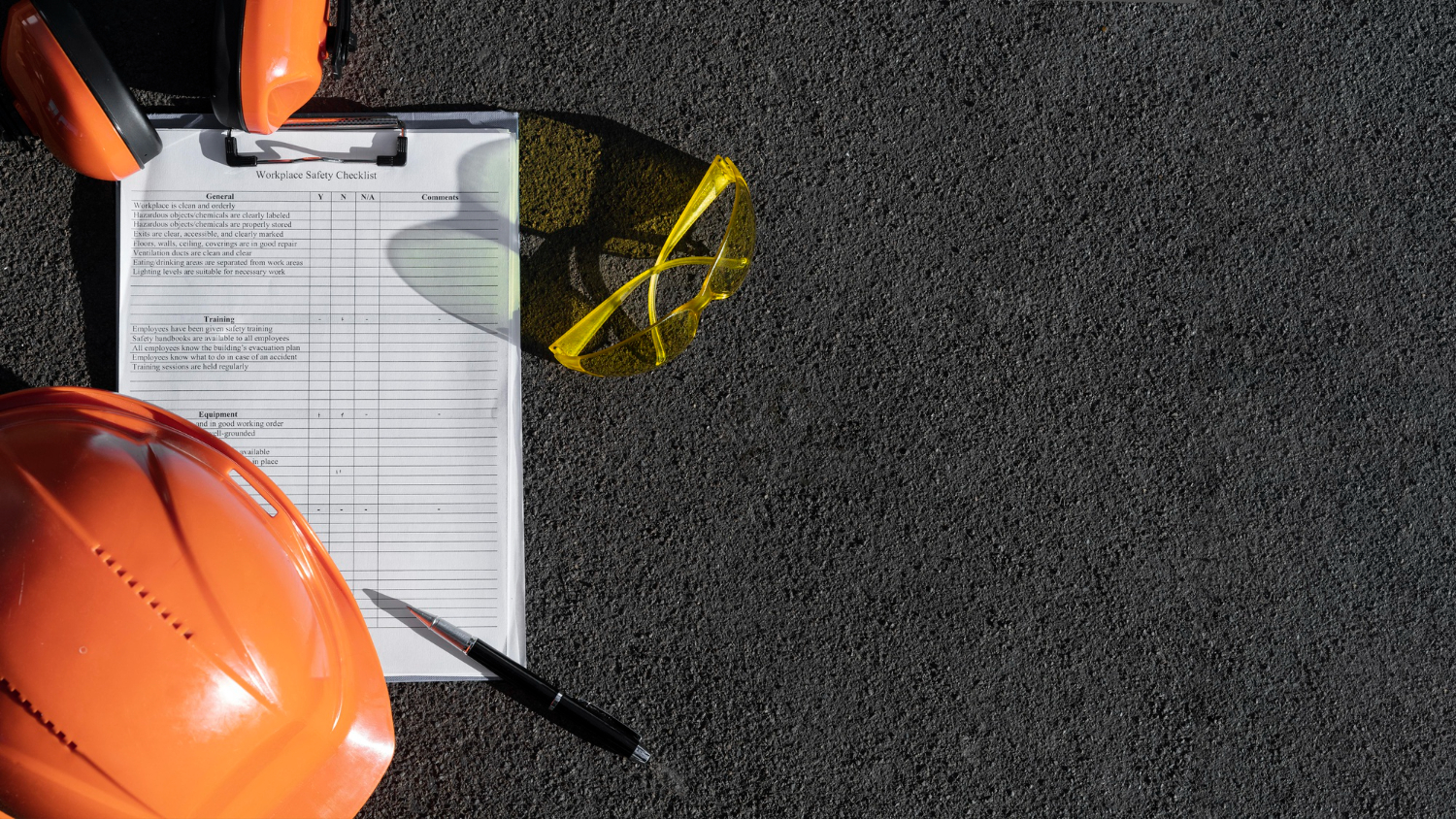The drone industry is rapidly evolving, offering solutions across numerous sectors like logistics, agriculture, surveillance, and environmental monitoring. With advancements in technology, drones are becoming more complex and capable, making their development and certification processes more challenging. However, the path from concept to flight is complex, requiring rigorous testing, safety checks, and compliance with ever-changing standards. To succeed in this competitive market, manufacturers must streamline their workflows, accelerate development cycles, and meet rigorous regulatory standards.
Megatrends in Drone Industry
The drone industry is evolving rapidly, with several megatrends driving innovation and shaping its future. Based on the trends you’ve mentioned, here’s a more detailed look at how these shifts is transforming the drone landscape:
- Sustainability: From Fuel to Electrical
- New Mobility Usages: From Driven to Autonomous, From Ownership to Sharing & On-Demand
- Fast-paced Ecosystem: From Traditional players to Startups, From Plants to Labs
The Importance of Type Certification for Drones
Certification is a mandatory process for any drone that will be used in commercial applications. Regulatory bodies have strict guidelines to ensure that drones operate safely in shared airspace. These regulations address various aspects, such as:
- Flight safety: Ensuring that the drone can operate without causing harm to people or property
- Airworthiness: Verifying that drones are structurally sound and capable of performing as expected
- Data security: Protecting sensitive information transmitted or recorded by drones
- Environmental impact: Ensuring that drone operations comply with environmental regulations
Challenges & Expected Business Changes
Be First: Prototype to Certification
- Requirement and model-based governance
- Proven control of program execution
- Verify and validate use of cutting-edge technologies
Ramp-up: Production Ready
- Engineering efficiency with digital continuity into Manufacturing
- Design for manufacturing
- Virtual twin of the factory
“Concept to Flight” refers to the entire journey of developing and bringing a drone from its initial concept to its operational flight. This journey involves several critical steps, including design, testing, certification, and eventual deployment. To accelerate this process, particularly in the context of developing smarter drones, the focus is on improving both the speed and the efficiency of each stage of the development pipeline.
Here’s how the development and certification of smarter drones can be accelerated. The 3DEXPERIENCE Platform by Dassault Systemes streamlines & accelerate the development and certification of smarter drones from concept to flight. The platform integrates various aspects of product design, simulation, collaboration, and manufacturing into a unified system, allowing drone developers to streamline the entire lifecycle—from initial ideas to certified products.
- Unified Design & Simulation Environment
- Collaborative Engineering and Innovation
- Smart Manufacturing and Production Optimization
- Certification and Regulatory Compliance
- Lifecycle Management and Predictive Maintenance

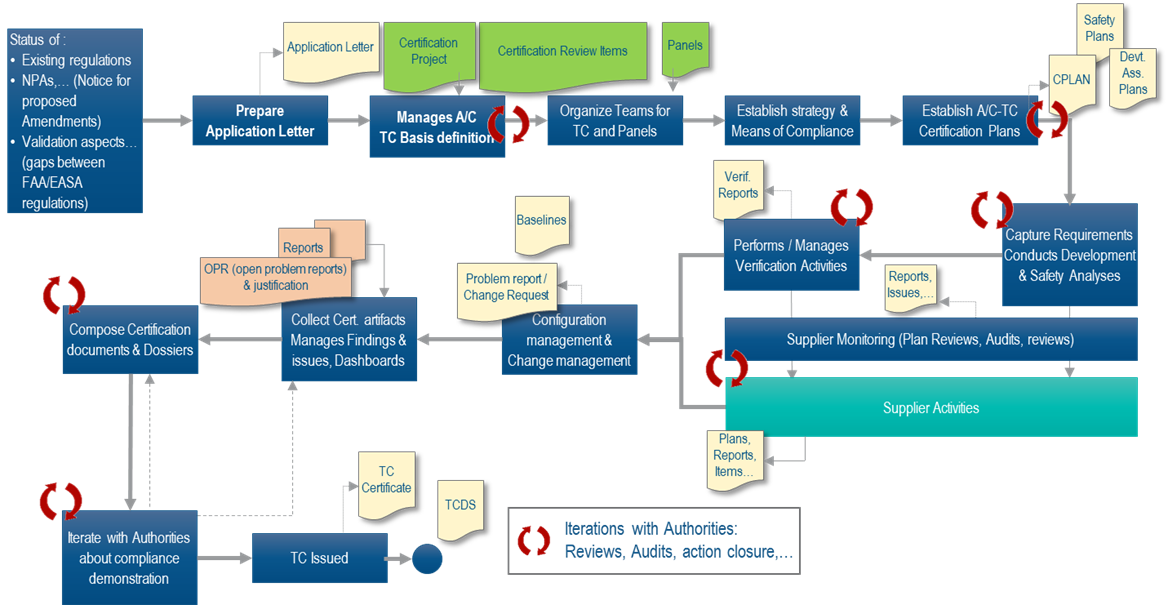
3DEXPERIENCE Solution Landscape for Drone Industry to accelerate concept to certification
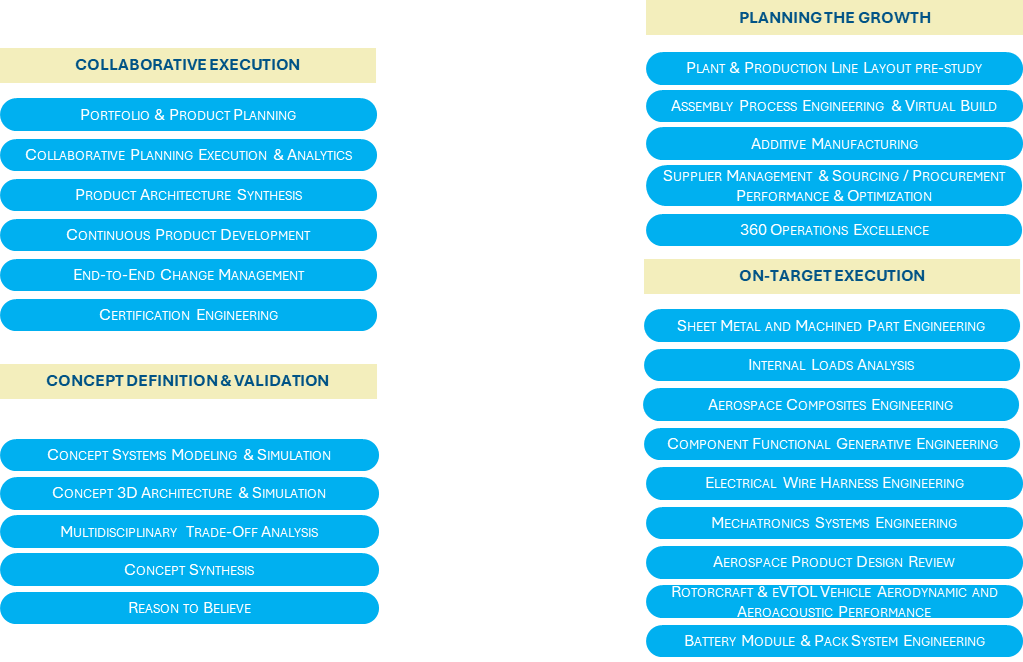
Expected Business Benefits
Digital Continuity from Concept to Flight
- Integrated value streams: concept, detailed engineering & manufacturing engineering
- Using best in class design and simulation solutions
- In a controlled environment to reach the required execution speed
Driven & Controlled Execution
- Live status of all variants and projects with associated KPIs
- Drive the execution of the project in a connected way
- Secure your IP, provide traceability for certification authority
- Manage your collaboration with multiple partners in a secured environment
Software-as-a-Service
- Scalable solution to match with project maturity and company cash flow
- With turn-key platform on cloud
- The strategy to go for a model-based enterprise
Overall, the 3DEXPERIENCE platform empowers drone manufacturers with a unified and comprehensive approach to designing, testing, certifying, and producing drones. By streamlining the entire lifecycle, it accelerates development, reduces risks, and helps companies create smarter, certified drones ready for flight.
To get more information & insights on how the 3DEXPERIENCE Platform drives business transformation in the drone industry, please reach out to us at marketing@edstechnologies.com
